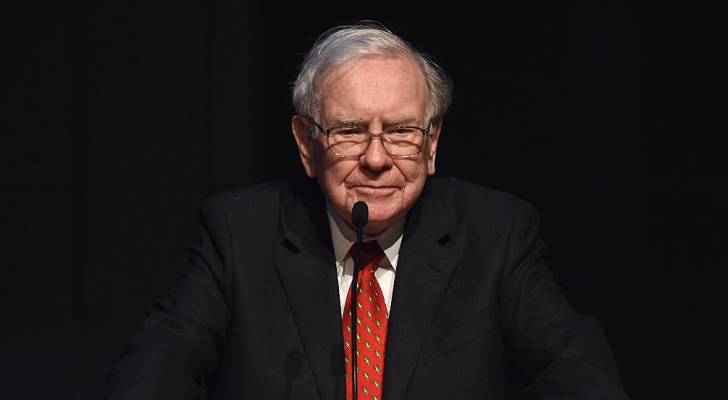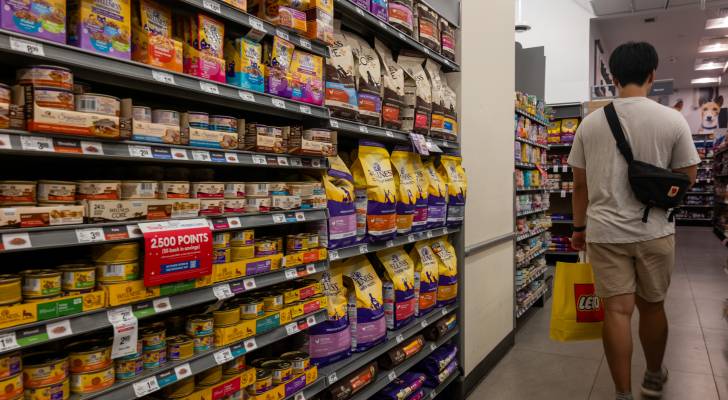
The days of digging through your wallet for cash or cards are quickly disappearing. In a world dominated by smartphones and digital convenience, mobile payment apps are now at the forefront of how Canadians spend.
In 2023, over 36% of Canadians used a mobile payment method at least once a week — nearly double the rate from five years ago — and more than 1 in 10 (13%) of Canadians no longer use cash. With tap-to-pay terminals now nearly universal and digital wallets integrated into almost every new phone, it’s clear that mobile payments are no longer just a trend — they’re the norm.
Why choose mobile payments?
Convenience is key. Mobile wallets allow users to store credit, debit, gift and loyalty cards in a single app. That means no more fumbling for the right card at checkout. And because most of us always have our smartphones in hand, mobile payments reduce the chances of forgetting a wallet at home.
Digital payments also provide a clear transaction record, making it easier to track purchases than relying on paper receipts or your bank statement.
Are mobile payments secure?
Yes. In fact, mobile payments are often more secure than traditional card swipes or chip-and-PIN transactions. That’s thanks to a process called tokenization, where your actual banking or card details are replaced with a unique, encrypted code.
Most mobile wallets, such as Apple Pay and Samsung Pay, require a face scan, fingerprint or passcode to complete a transaction. This added layer of biometric security protects users even if the phone is lost or stolen.
In most cases, mobile purchases are also covered by your bank’s or card issuer’s fraud protection policy. But it’s still wise to review the specific terms with your financial institution.
How do mobile payments work?
Think of your phone as a digital wallet. Once you download a payment app — like Google Pay, Apple Pay or Samsung Pay — you can link your bank cards, loyalty programs and even transit or event passes.
When it’s time to pay, just unlock your phone and hold it near the contactless reader. That’s it. In some cases, biometric verification (fingerprint or face ID) is needed to approve the purchase.
Look for the contactless symbol — if a store supports tap payments, mobile apps should work too.
Will my loyalty points transfer?
Most major Canadian loyalty programs, including PC Optimum, Aeroplan and Scene are compatible with digital wallets like Apple and Google Pay. However, you may need to manually add each card to your wallet app.
Keep in mind that smaller or legacy loyalty programs may not yet support mobile wallet integration. When in doubt, check with the program provider before deleting that physical card.
Can I earn new rewards using a mobile payment app?
Yes — though not always from the app itself. Most mobile wallets do not offer their own points or cash-back programs, with a few exceptions.
Samsung Pay previously offered Samsung Rewards in the U.S., but the program was discontinued in 2021.
Google Pay and Apple Pay occasionally offer limited-time promotions, especially for new users, but no ongoing rewards structure exists.
However, you can still earn the same credit card or loyalty points as you would by using the physical card. Some apps, like Starbucks, do offer in-app rewards that accumulate with every purchase made through their branded system.
What to look for in a mobile payment app
Here’s what to prioritize when choosing a digital wallet:
- Security features: Look for biometric authentication (face or fingerprint ID).
- Bank and card compatibility: Make sure your credit union or bank is supported.
- Loyalty and reward integration: Choose apps that let you store and use your loyalty cards.
- Ease of use: An intuitive user interface makes checkout faster and simpler.
- Retailer acceptance: The broader the support, the better the experience.
Best Canadian payment apps in 2025
When evaluating the best payments app available to Canadians, we focused primarily on an app’s compatibility with Canadian financial institutions and loyalty partners, its security features and reported user satisfaction.
Apple Pay Canada
One of the first e-wallet payment apps to arrive in Canada was Apple Pay. Launched in 2011, it took a while for Canadian banks to get on board and allow the app to link with their cards (the app could not access to all major Canadian banks until 2016). Now, almost a decade later Apple Pay syncs with most national and provincial financial institutions and credit unions.
For security, it relies on tokenization, so your banking info is not stored on your phone and, as an added level of security, it asks for a face or fingerprint ID before your payment is processed. The app can be used at most contactless terminals and throughout Canada at major retailers like McDonalds, Staples and Tim Hortons.
Google Pay Canada
The Android equivalent to Apple Pay is Google Pay. This app supports most Canadian debit and credit cards plus it allows you to add transit passes, tickets and loyalty cards in addition to payment methods.
Google Pay also relies on tokenization to protect your security, but unlike Apple Pay users are not required to provide face or fingerprint ID for a payment to go through. This lack of a secondary authentication feature is either a pro or a con, depending on whether you find the added step an annoyance or an attractive safety feature. The app, like Apple Pay, is compatible with Canadian credit and debit cards, as well as loyalty cards, tickets and boarding passes.
Samsung Wallet
Formerly known as Samsung Pay, this app supports NFC payments and even works with some older magnetic stripe terminals. While it offers robust security features, it has limited support among Canadian financial institutions compared to Apple and Google Pay.
PayPal Canada
While the PayPal mobile app calls itself a wallet, it’s not an e-wallet like Google Pay, Apple Pay and Samsung Pay. With the PayPal payment app, you can only send and receive money, you can’t pay for purchases via tap at a retailer.
An upside to PayPal is that it can be used to send money to anyone almost anywhere in the world as long as you know their email or mobile number and they have a PayPal account. There’s no fee to send money to someone in Canada from your PayPal or linked bank account. Essentially, the app gives you the facility to do on your phone what you’ve been doing with PayPal via your computer for years — no more, no less.
Starbucks Canada
The Starbucks app isn’t a full e-wallet, but its popularity and rewards integration make it worth mentioning. Users can preload funds, pay, and earn “Stars” toward free drinks and food. It also offers mobile ordering and digital gifting.
Available for both Android and iOS, Starbucks patrons can load money onto the app, then pay for in-store purchases, pre-order beverages and snacks and send a friend a digital Starbucks gift card. Starbucks rewards are also built right into the app, so users earn “Stars” (which can be redeemed for free food and drinks) every time they make a purchase.
Alipay
Popular among Chinese tourists and residents, Alipay is available in Canada but mainly supports users with Chinese bank accounts. It’s increasingly accepted by Canadian retailers in urban centres and tourist-heavy zones.
What is the future of mobile payments?
With 80% of Canadians now owning a smartphone, it’s only a matter of time before physical cards become a backup rather than a necessity.
In the coming years, expect more Canadian brands to offer in-app rewards and one-tap ordering to compete with the convenience of apps like Starbucks. As digital wallets expand to include government ID and health cards (as already piloted in provinces like Ontario and Quebec), mobile payments will become even more integrated into daily life.
Sources
1. Payments Canada: Canadian payment data for 2023 (Oct 7, 2024)
2. Statista: Number of smartphone users in Canada from 2018 to 2024 (Jan 18, 2023)
This article provides information only and should not be construed as advice. It is provided without warranty of any kind.


